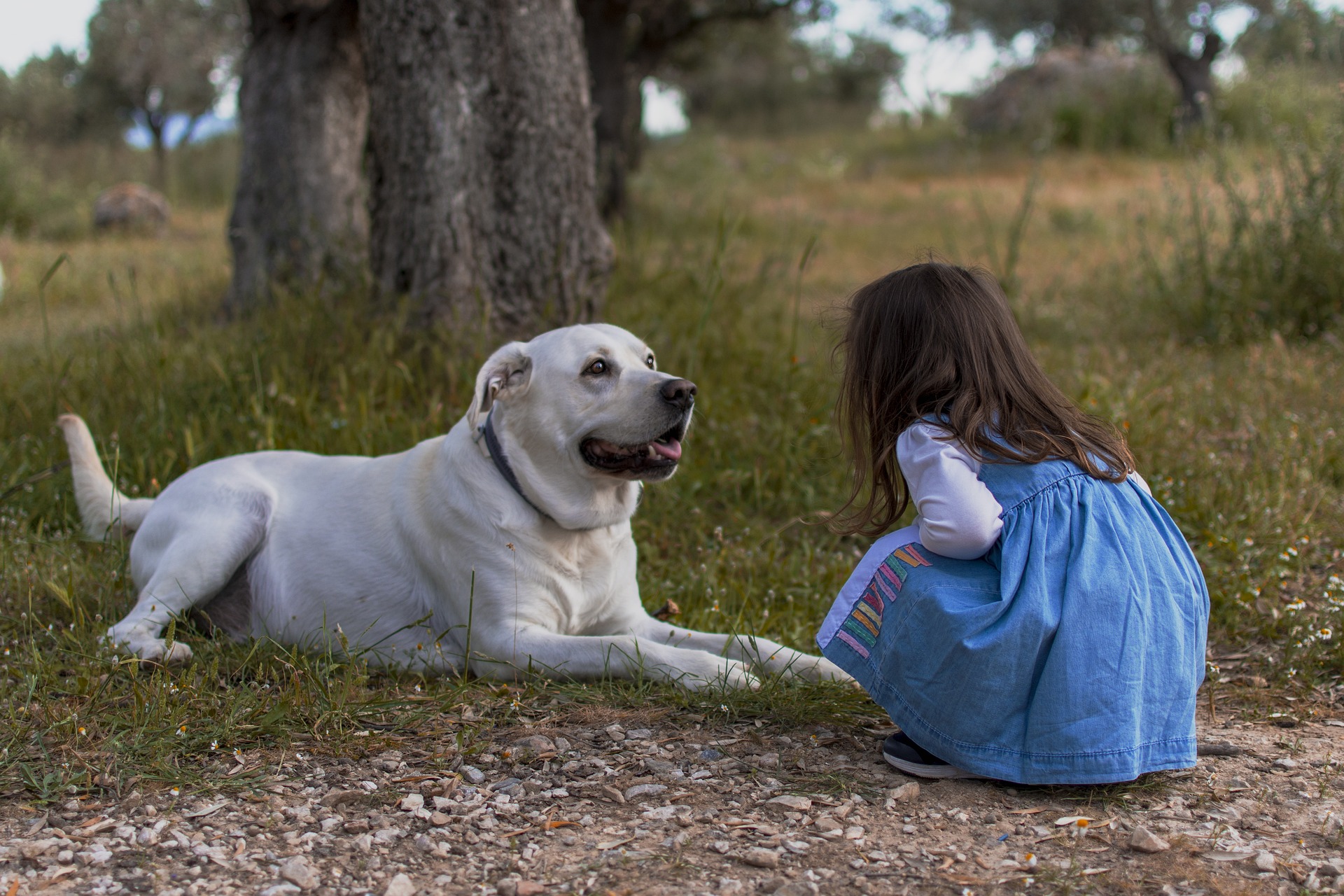The Secret Lives of Urban Wildlife
Imagine a bustling city with its towering skyscrapers, busy streets, and constant human activity. Amidst this urban jungle, a hidden world of wildlife thrives, often unnoticed by city dwellers. This article delves into the fascinating lives of urban wildlife, exploring their historical adaptation to city life, current trends in urban ecology, and the implications of their presence in our concrete habitats.

Historical Context of Urban Wildlife
Urban wildlife has been a part of cities for centuries, evolving alongside human development. Historically, animals like pigeons, rats, and sparrows have coexisted with humans, drawn to the abundance of food and shelter. The Industrial Revolution marked a significant change, as cities expanded rapidly, forcing wildlife to adapt to new environments. Over time, many species developed unique strategies to survive in the urban landscape, from altered foraging behaviors to changes in nesting habits.
Current Trends in Urban Ecology
Today, urban ecology has become a burgeoning field of study, with researchers uncovering surprising insights into the lives of city-dwelling animals. Recent studies reveal that some species, such as raccoons and foxes, exhibit higher levels of intelligence and problem-solving skills than their rural counterparts, likely due to the challenges posed by urban environments. Moreover, cities are now seen as dynamic ecosystems where traditional predator-prey relationships are altered, leading to unique ecological interactions.
The Impact of Urban Wildlife on City Life
The presence of wildlife in urban areas has both positive and negative implications. On the positive side, urban wildlife contributes to biodiversity and can offer city dwellers a connection to nature. Birds and insects, for example, play crucial roles in pollination and pest control. However, wildlife can also pose challenges, such as property damage or health risks from diseases. Balancing these impacts requires innovative urban planning and wildlife management strategies.
Urban Wildlife Conservation Efforts
Conservationists are increasingly focusing on creating wildlife-friendly cities. Initiatives like green roofs, wildlife corridors, and community gardens are designed to provide habitats for urban species while enhancing human well-being. Cities like Amsterdam and Singapore have pioneered such efforts, integrating nature into urban planning to support both wildlife and residents. These initiatives highlight the importance of coexistence and the role of cities in global biodiversity conservation.
A Glimpse Into the Future
As urban areas continue to expand, the future of urban wildlife will depend on our ability to adapt and innovate. Emerging technologies, such as wildlife monitoring apps and smart city infrastructure, hold promise for enhancing our understanding of urban ecosystems. By fostering a culture of coexistence and embracing sustainable practices, cities can become vibrant habitats that benefit both humans and wildlife, showcasing the resilience and adaptability of nature in the modern world.




